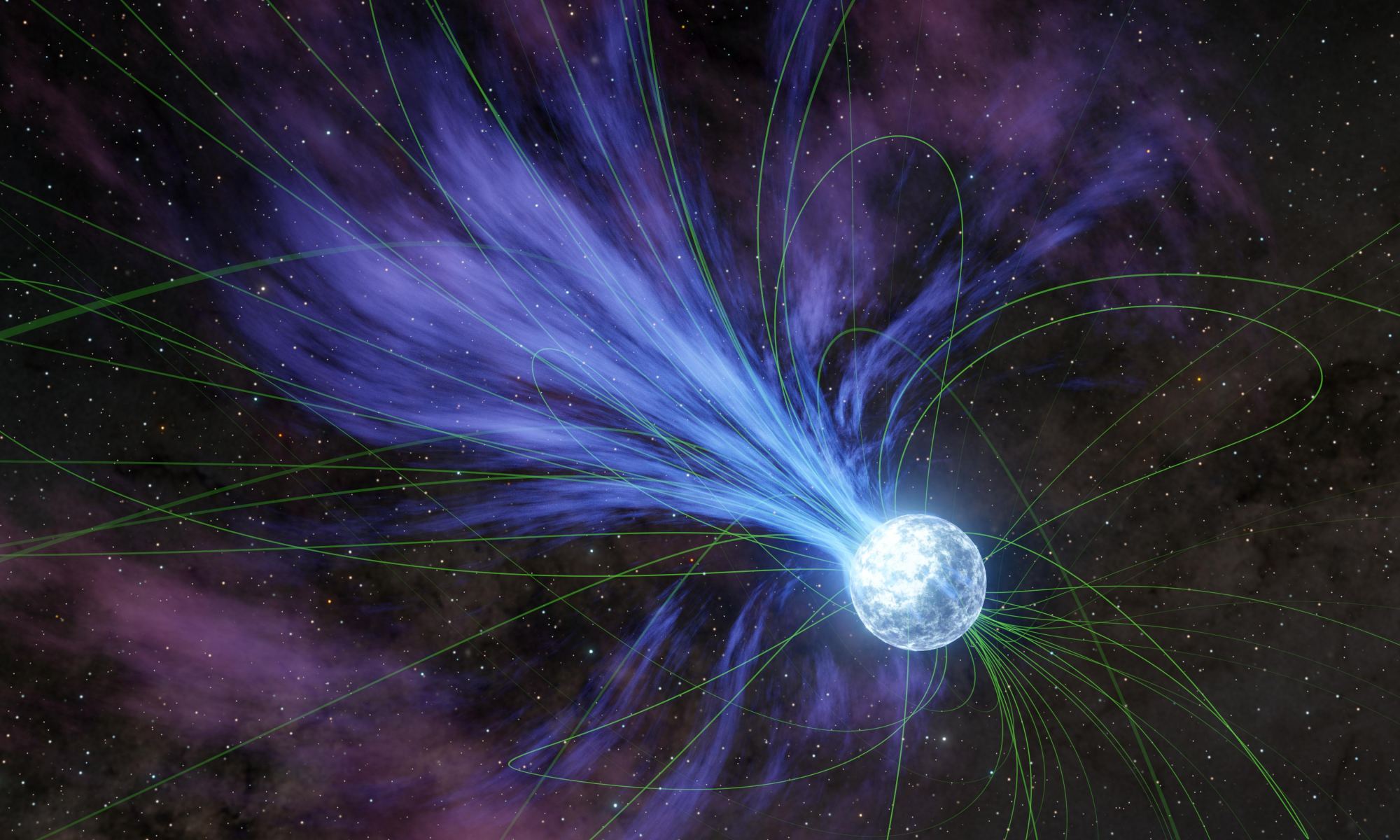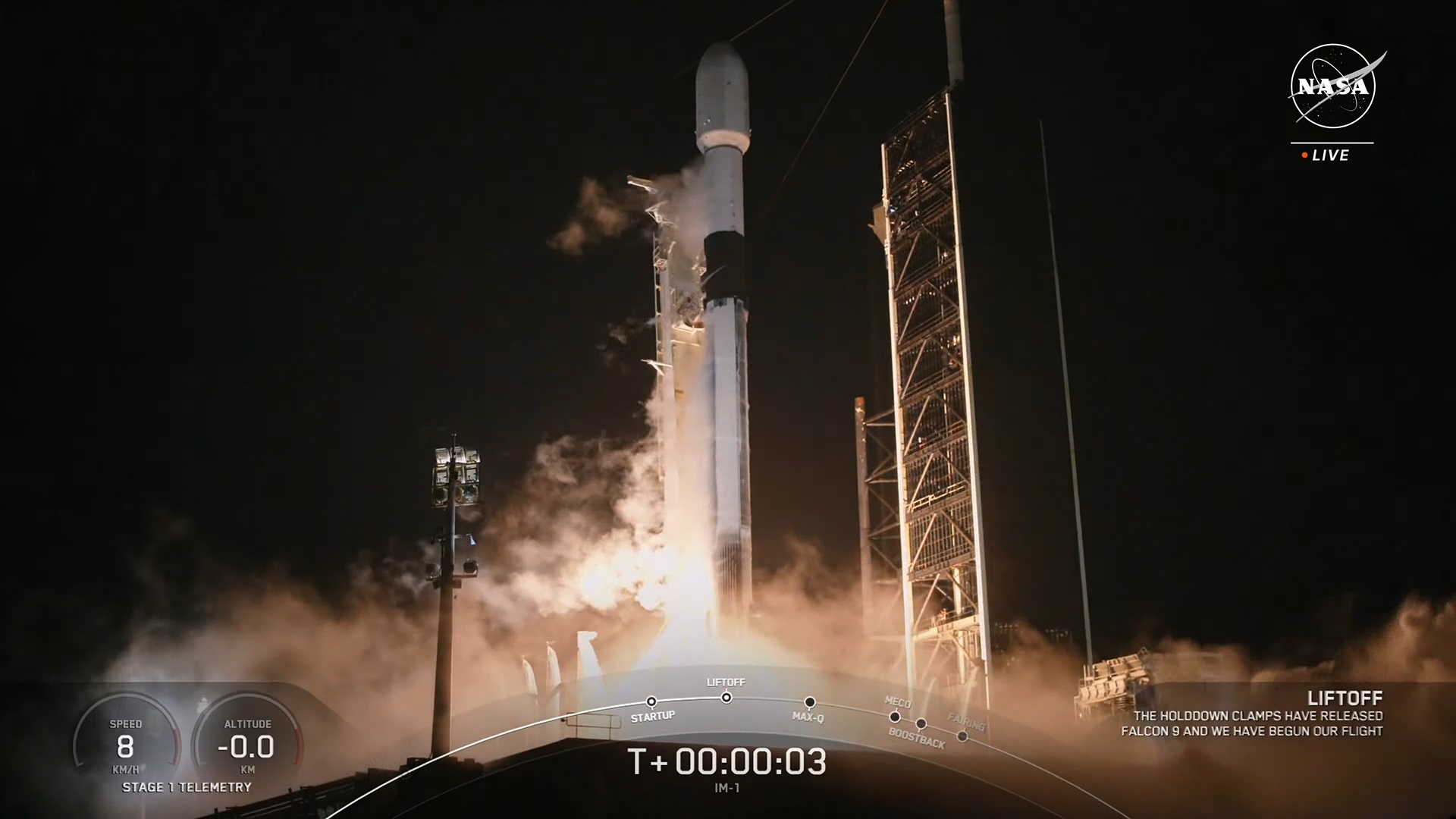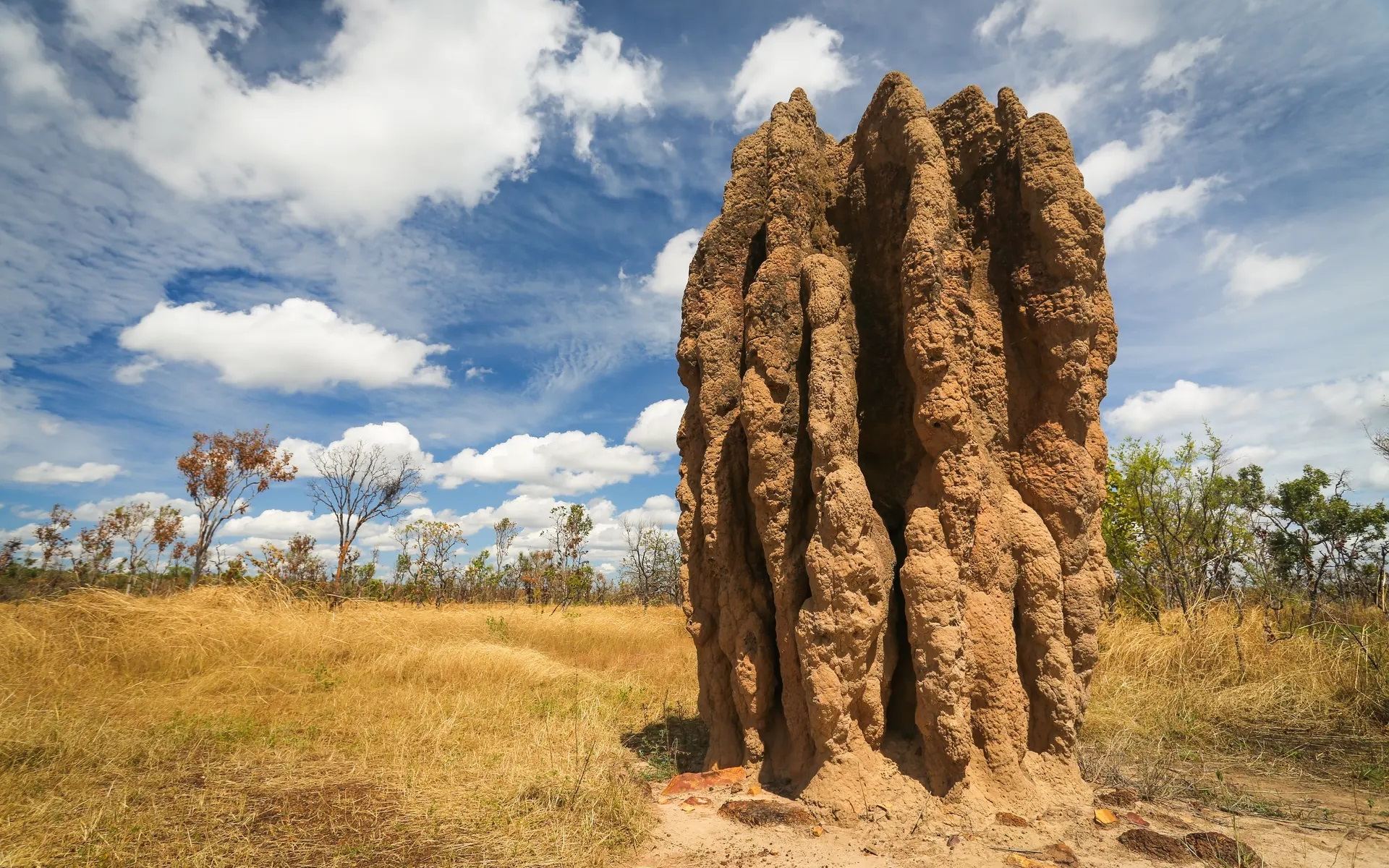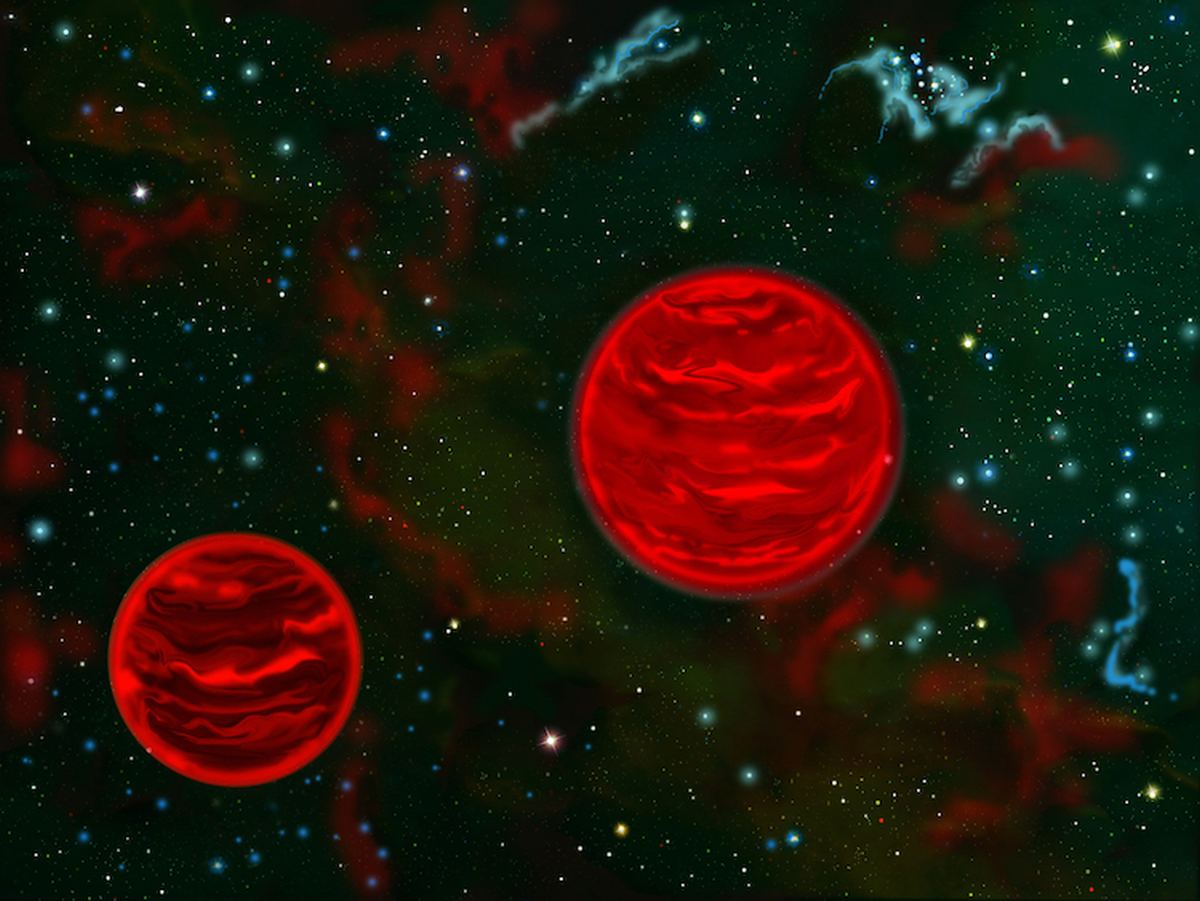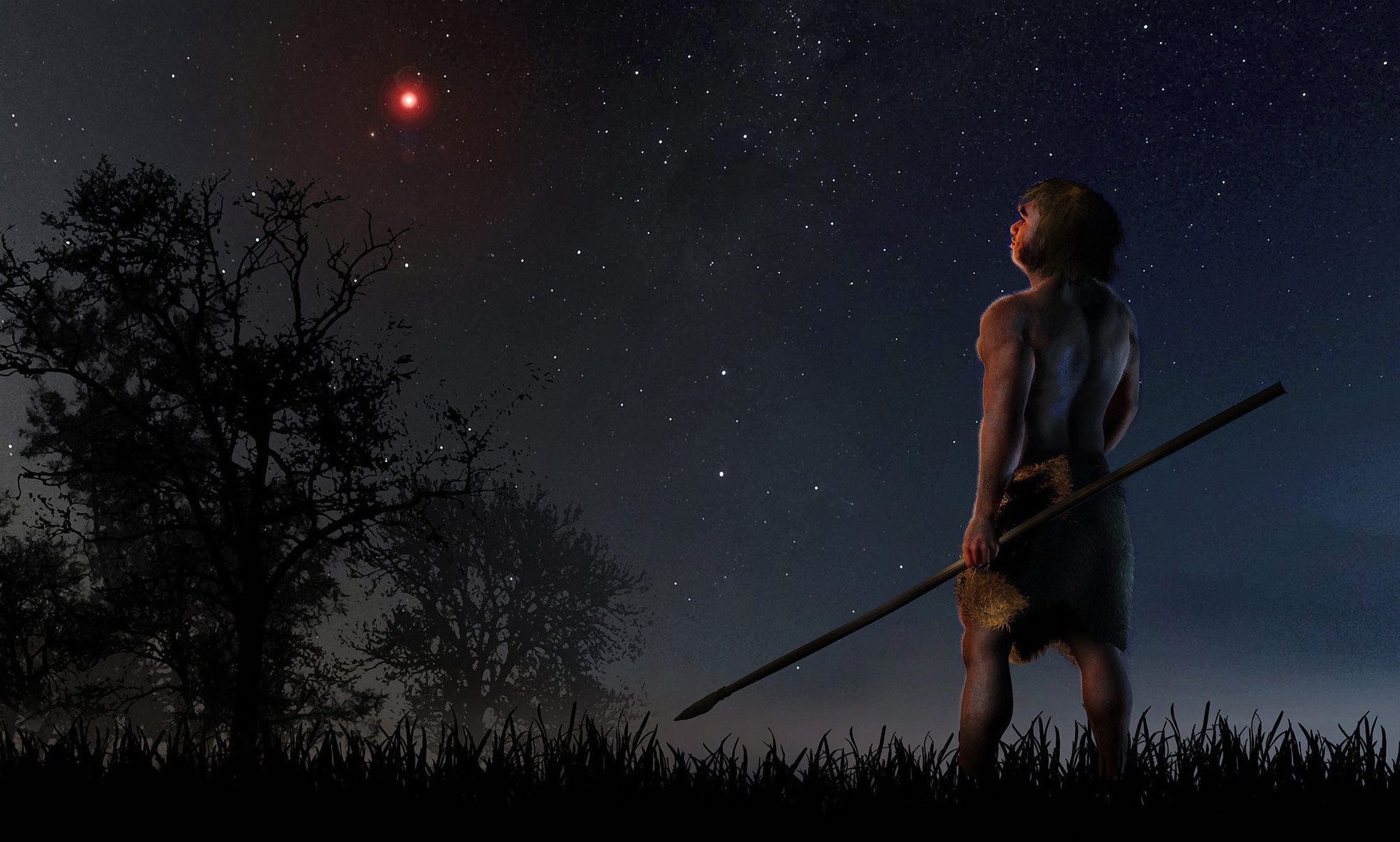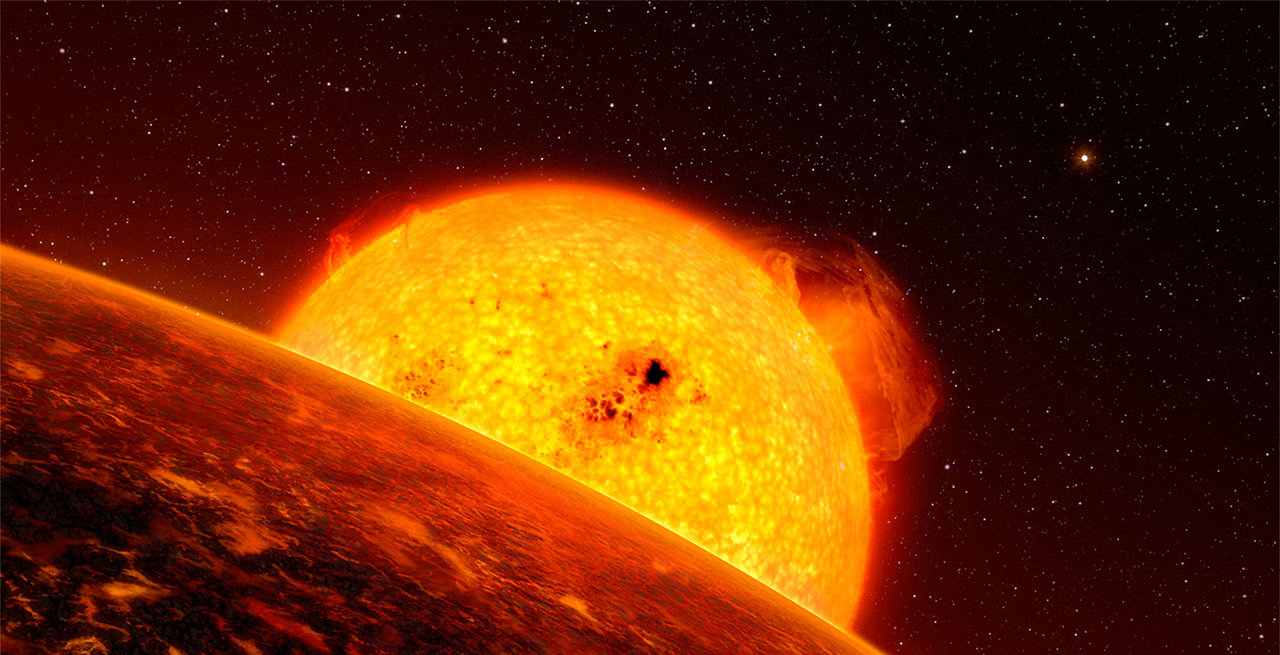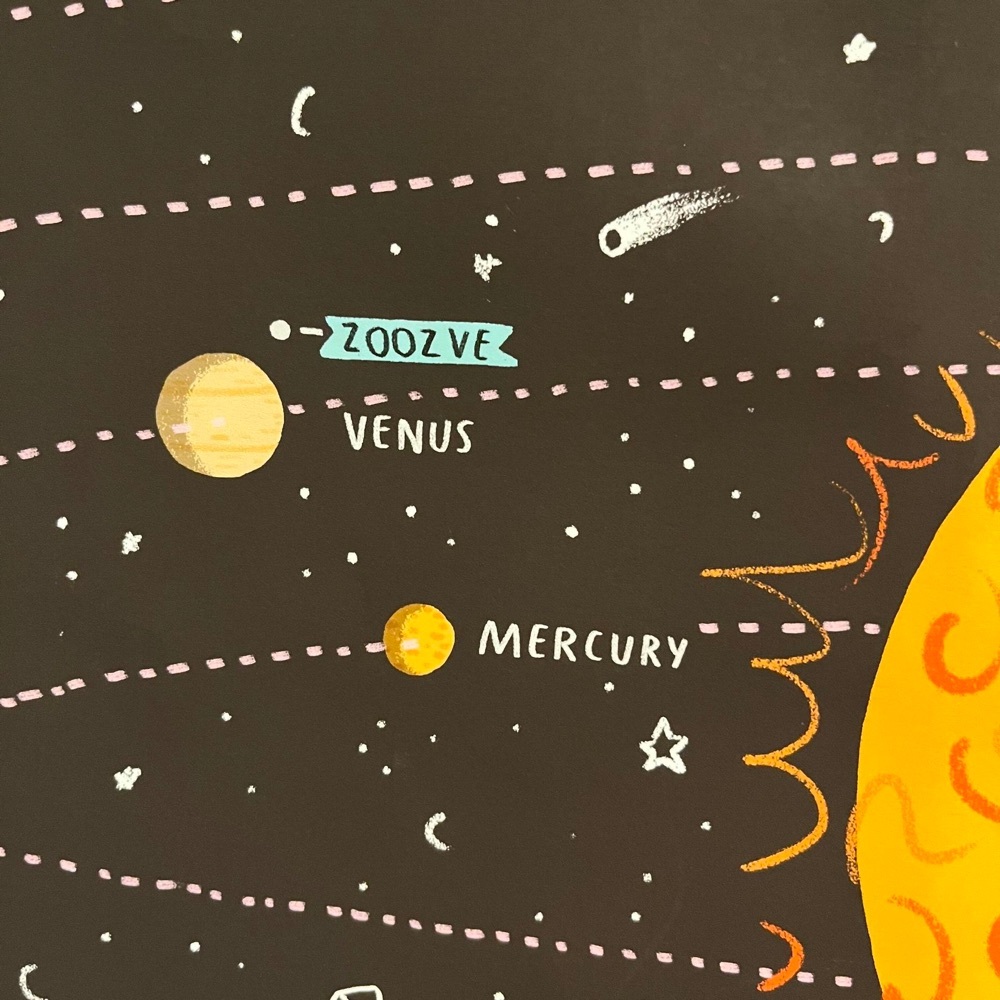For a long time, our understanding of the Universe’s first galaxies leaned heavily on theory. The light from that age only reached us after travelling for billions of years, and on the way, it was obscured and stretched into the infrared. Clues about the first galaxies are hidden in that messy light. Now that we have the James Webb Space Telescope and its powerful infrared capabilities, we’ve seen further into the past—and with more clarity—than ever before.
The JWST has imaged some of the very first galaxies, leading to a flood of new insights and challenging questions. But it can’t see individual stars.
How can astronomers detect their impact on the Universe’s first galaxies?
Continue reading “Even if We Can’t See the First Stars, We Could Detect Their Impact on the First Galaxies”

